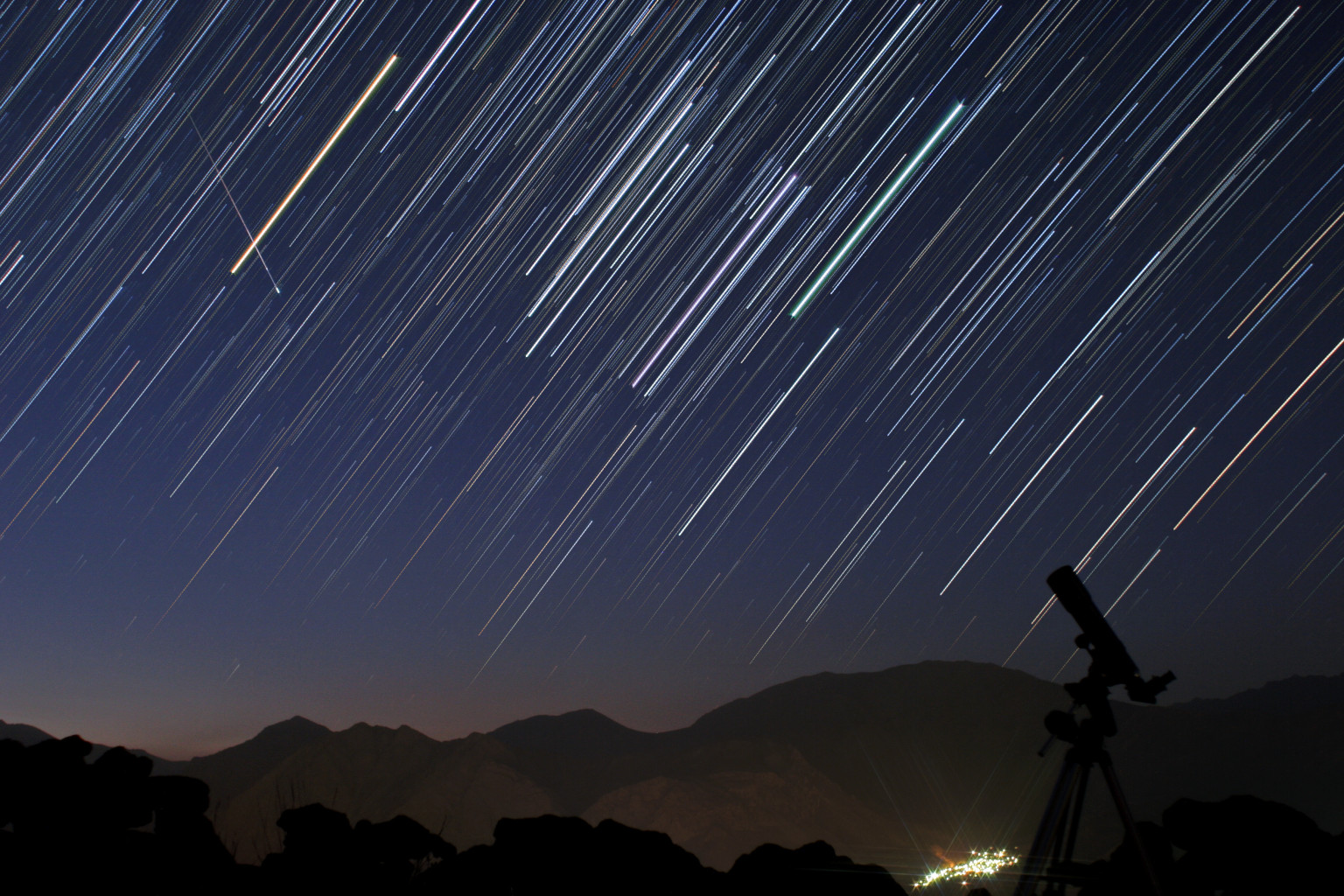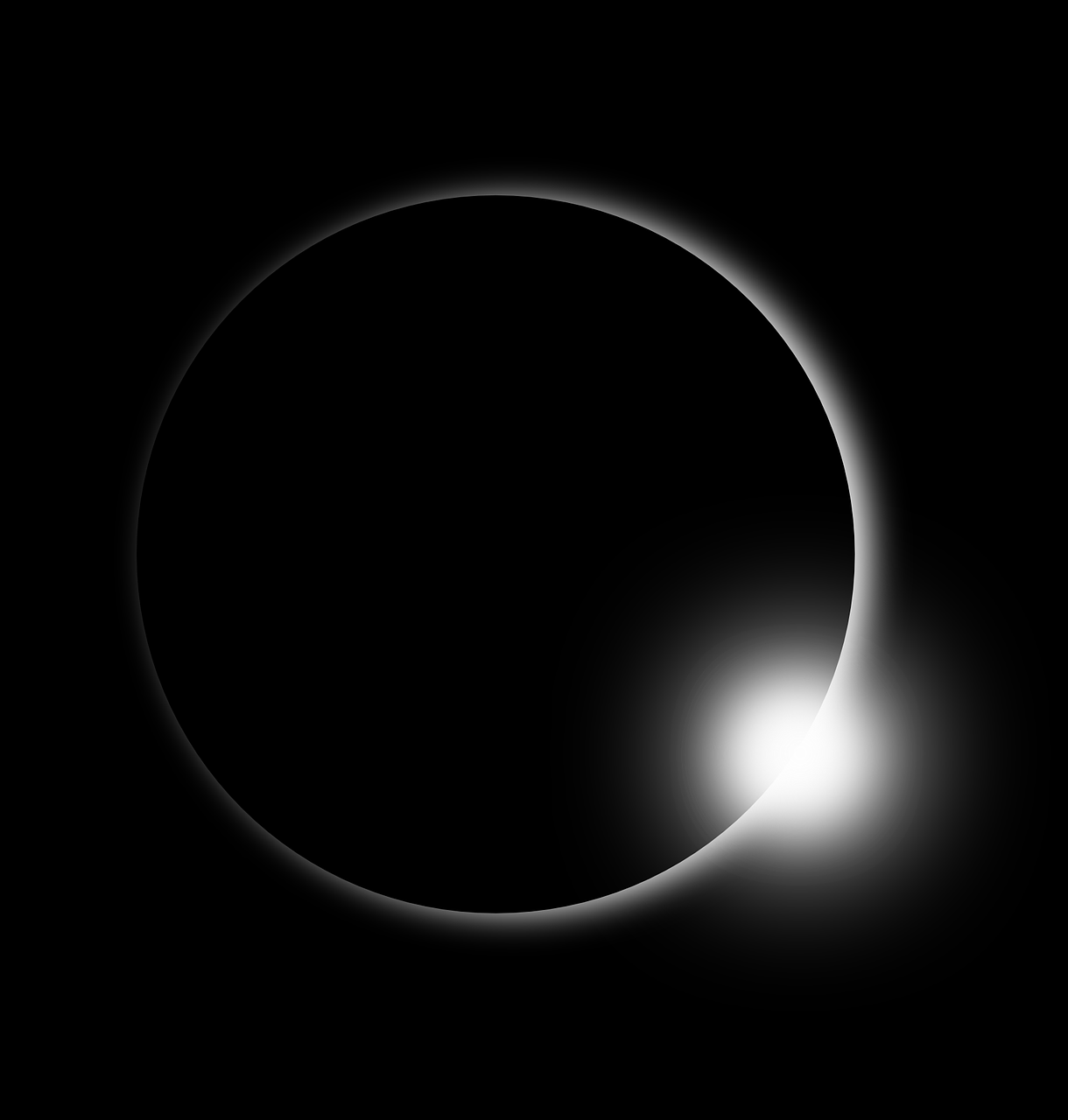The Orionid meteor shower is set to reach its zenith on the nights of October 21 and 22, delivering approximately 23 meteors per hour under pristine, clear skies. These meteors, celebrated for their remarkable luminosity and swiftness, are acclaimed by NASA as one of the most captivating meteor displays of the year.
The Orionid meteor shower is a celestial spectacle accessible to viewers worldwide. The prime hours for enjoying the Orionids are those following midnight. To witness this awe-inspiring phenomenon, seek out locations with clear, unpolluted skies. Remarkably, no specialized equipment is needed to partake in this event. Nonetheless, NASA recommends locating a dark area and arranging a comfortable setup, such as a sleeping bag, blanket, or a reclining lawn chair.
For those in the Northern Hemisphere, the ideal position is lying down with your feet pointed towards the southeast. Conversely, individuals in the Southern Hemisphere should lie with their feet directed northeastward.
As per the International Meteor Organization (IMO), the majority of meteors will be observable in the lower portion of the sky, unless the horizon near you is illuminated.
To fully appreciate the celestial display, it’s crucial to allow your eyes a minimum of 30 minutes to adapt to the darkness. During this time, refrain from gazing at your phone or using a flashlight, as doing so would necessitate an additional 30 minutes for your night vision to become effective.
The Orionid meteors hurtle through space at an astonishing speed of 148,000 miles per hour as they enter Earth’s atmosphere. Frequently, these meteors leave behind breathtaking luminous streaks that endure for several seconds to even minutes. Additionally, as noted by NASA, some of them have the potential to transform into fireballs, characterized by their extraordinary brightness.
Skywatchers observing the Orionid meteor shower can anticipate witnessing a meteor every few minutes, although there have been rare reports of observers spotting triple that number. However, the International Meteor Organization (IMO) has indicated that stronger activity is not anticipated for this year’s display.
On October 21, the moon will be at approximately 37 percent illumination and is scheduled to set around midnight, enhancing the prospects for optimal viewing of the Orionid meteor shower. In 2023, the Orionid shower is scheduled to continue until November 22, overlapping with several other meteor showers, including the Northern Taurids, which will reach its peak on November 11 and 12. There will also be a brief overlap with the Geminid meteor shower.


